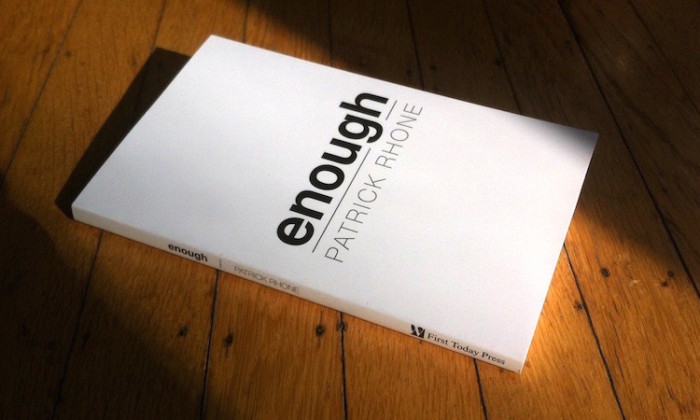I was feeling overwhelmed every time I opened Twitter but I couldn’t put my finger on exactly why. Nothing had changed, recently. I hadn’t added more follows — I try to keep that number around 350. The most frequent and active Tweeters I had already relegated to a list called "High Volume". All the companies, sites, and news, etc. were in a list called "Interesting". I have several mute filters in place for the things I don’t care about. I very carefully choose who I follow and regularly evaluate and curate that list. In other words, I thought I had done all of the "right" things but, still, my main timeline felt — well — like it was not mine.
It felt like I threw a party, invited specific people to it, but then all these other people I didn’t know showed up with them. They came and hogged the conversation, ate too much food, and kept me from being able to really hear and talk to the people I invited. Bad uninvited guests.
I was describing the problem to my friend Jason and he reminded me that he wrote up a post a little while back about how he keeps his Twitter sanity. He suggested a few things from it that he thought would help me. His is a very reasoned and well thought out strategy and you should do yourself a favor and take the time to read what he has to say. That said, I wanted to highlight one item in particular that made a HUGE difference for me:
Turn off retweets for everyone you follow the moment you begin following them.
Now, since I had not been doing so before and planned to not add any more followers, I had to turn off retweets from everyone I already followed. This seemed daunting and tedious at first until I realized the better strategy was this; every time someone retweeted something and I saw it in my timeline my next action would be to turn off retweets for the person retweeting. This made the process far more doable and immediately caught the most frequent retweeters. I should mention the interesting part of this choice is that turning off retweets does not turn off "quote" tweets — where the person sharing has something to add. It only eliminates straight no-value-added retweets.
Now, after working on doing this for the past couple of weeks, my main timeline feels like mine again. It’s a party of my invited guests and I’m truly interested in what they have to say.
Don’t get me wrong, I get the general point of a retweet. Sometimes, people just want to share something with no additional comment. The problem is that, if I wanted to hear from those people, what they think, or what they had to say I would follow them. I don’t. I follow who I want to follow and I want to hear what the people I follow have to say and, if they want to share something and have something to add when they share, that’s cool. Because then I’m hearing what they think about what they are sharing.
So, I’m now back to feeling a little less overwhelmed by Twitter largely thanks to this. Hopefully, it will help for a while.
As an aside, I feel like Twitter — much like Facebook — is increasingly a service that requires a bit too much fiddling with to make it useable. It now suffers from the same "go into settings and tweak this and do that and turn these off and download this app and it’ll be OK not great but OK" that Facebook long has. If I didn’t care what my friends were up to and thinking so much it’s hardly be worth the trouble. And, though I have not reached it yet, it is on the verge of becoming such a needy puppy that it won’t be worth it. I have such a complicated and conflicted relationship with it these days.
